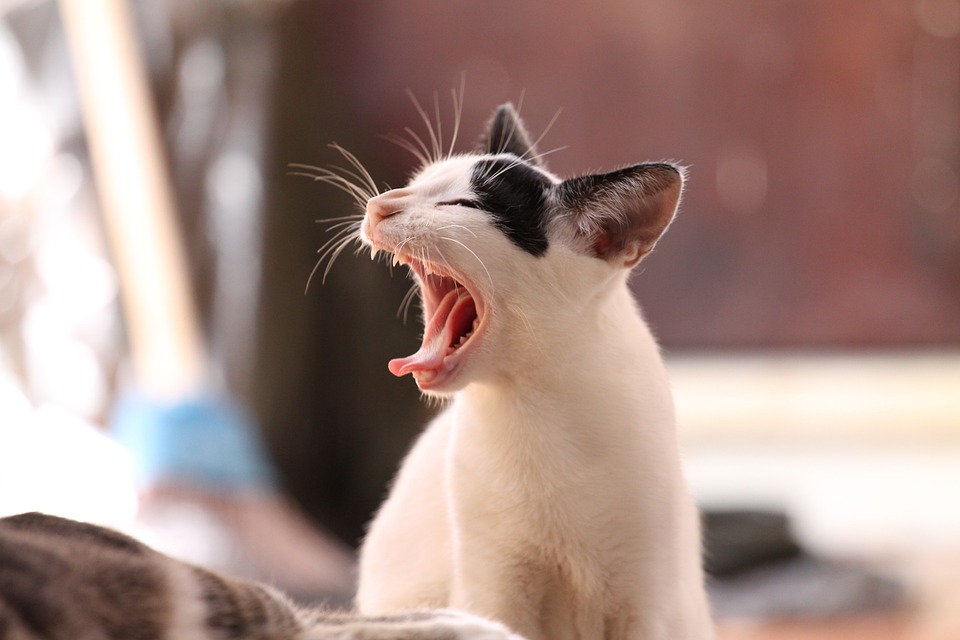Cats are known for their agility and grace, but just like humans, they can experience joint issues as they age. Maintaining good joint health is essential for your feline friend’s overall well-being and quality of life. In this article, we will explore the best practices for keeping your cat’s joints healthy and happy.
1. Provide a Balanced Diet
A well-balanced diet is crucial for maintaining optimal joint health in cats. Ensure that their meals contain high-quality protein sources, essential fatty acids, and vital nutrients. Look for cat food brands that specifically mention joint health support or include ingredients like glucosamine and chondroitin, which help to promote healthy cartilage and reduce inflammation.
2. Encourage Regular Exercise
Regular exercise plays a significant role in keeping your cat’s joints strong and flexible. Engage your furry friend in playful activities that promote movement, such as interactive toys, laser pointers, or feather wands. Encouraging active playtime not only strengthens their muscles but also helps to maintain joint mobility.
3. Provide Adequate Rest and Comfort
Just like humans, cats need rest to allow their joints to recover. Ensure your feline companion has a cozy and comfortable bed or a designated resting area. Consider providing a soft cushion or blanket to support their joints while they rest. Avoid placing their bed in drafty areas or on hard surfaces to prevent unnecessary strain on their joints.
4. Monitor Their Weight
Maintaining a healthy weight is vital for minimizing stress on your cat’s joints. Extra pounds can put unnecessary strain on their joints, leading to discomfort and potential joint problems. Regularly monitor your cat’s weight and consult with your veterinarian to establish a suitable diet plan if necessary. Feed them appropriate portion sizes and avoid overfeeding or excessive treats.
5. Regular Veterinary Check-ups
Routine veterinary check-ups are crucial for early detection of any joint-related issues in your cat. Your veterinarian will be able to assess their joint health, identify any potential problems, and recommend appropriate treatment or preventive measures. Regular check-ups also allow for adjustments in diet, exercise routines, or medication if needed.
FAQs:
Q: What are the signs of joint problems in cats?
A: Some common signs of joint problems in cats include difficulty jumping or climbing, limping, stiffness, reluctance to play, decreased activity levels, and changes in grooming habits.
Q: Are there any supplements that can help with cat joint health?
A: Yes, certain supplements can support joint health in cats. Glucosamine, chondroitin, and omega-3 fatty acids are commonly used to promote joint function and reduce inflammation. However, it’s essential to consult with your veterinarian before introducing any supplements to your cat’s diet.
Q: Can obesity contribute to joint issues in cats?
A: Yes, obesity is a significant risk factor for joint problems in cats. Extra weight puts additional stress on their joints, leading to discomfort and increased chances of developing arthritis and other joint-related conditions.
Q: Can cats develop arthritis?
A: Yes, cats can develop arthritis, especially as they age. Arthritis is a degenerative joint disease characterized by inflammation and deterioration of joint cartilage. It can cause pain, stiffness, and decreased mobility in cats.
Q: How often should I exercise my cat to maintain joint health?
A: Regular exercise is essential for maintaining joint health. Aim for at least 15-20 minutes of active playtime each day. However, the exercise requirements may vary depending on your cat’s age, breed, and overall health. Consult with your veterinarian for personalized exercise recommendations.
Remember, taking proactive steps to maintain your cat’s joint health can help prevent discomfort and ensure they enjoy an active and pain-free life. By following these best practices and staying attentive to your cat’s needs, you can help them age gracefully and comfortably.








